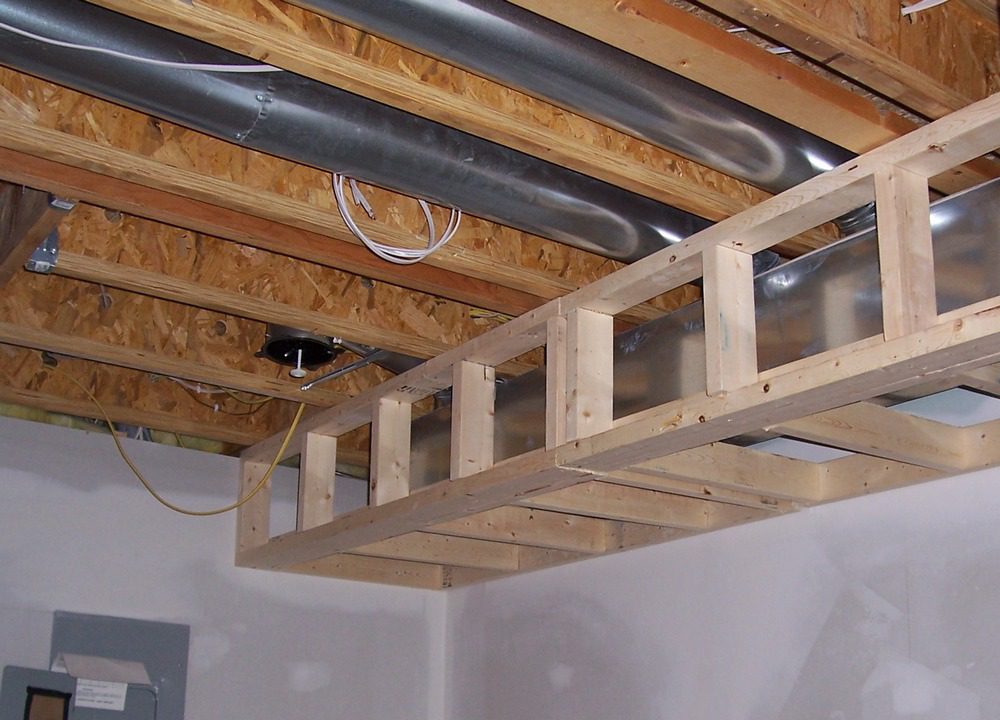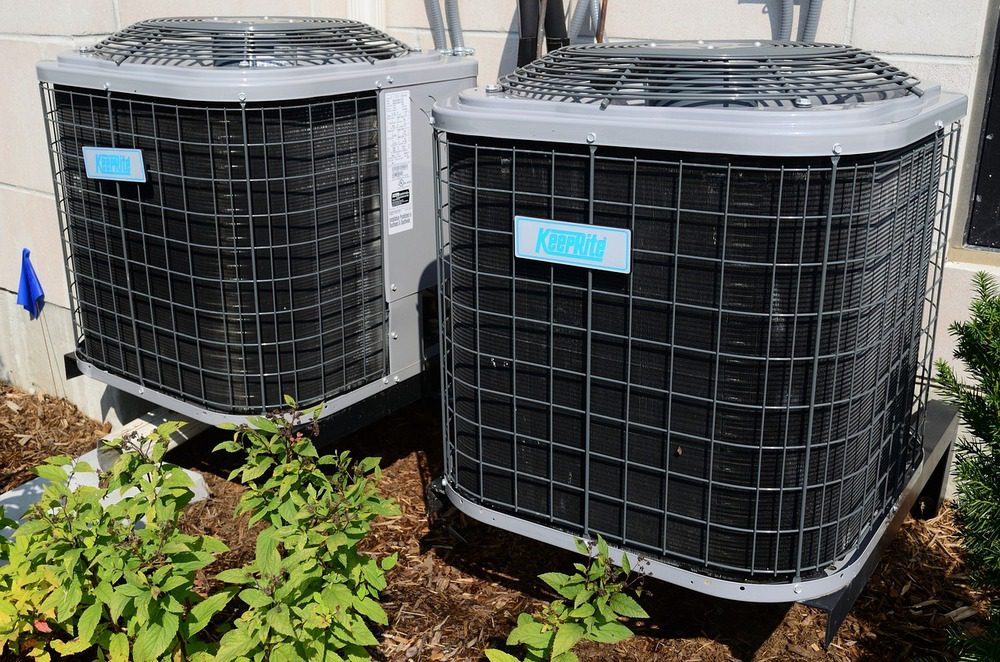Last Updated on February 2, 2023 by teamobn

Air ducts are usually out of sight in commercial and residential buildings, meaning performance issues might remain undetected. Air duct deficiencies lower your heating and cooling system’s effectiveness while increasing utility costs. Air duct problems can also negatively impact indoor air quality.
Highly efficient heating and cooling systems can significantly improve HVAC performance and boost energy savings. However, effective heating and cooling can only be delivered if your air ducts are in excellent condition.
Poor air duct insulation, dust accumulation, vibration, noise, air leaks, and mold are some common ductwork issues you may encounter. Before commencing any ductwork, it’s essential to get a professional inspection done on your air ducts because existing problems can worsen if mishandled. Here are eight signs it’s time to replace your air ducts.
Contents
1. Noisy ducts
Loud noises from your air ducts can spread throughout your property. The noisy air rush and sudden popping, knocking, and banging sounds can be annoying. These noises are usually caused by air pressure buildup, closed dampers, dirty or clogged air filters, and bent flex ducts.
While you can reduce air duct noise by adjusting the fan speed, installing larger ducts, or adding a bypass duct, you can replace them with a ductless heating and cooling system.
This is because they’re silent, highly-energy efficient, and ensure improved indoor air quality. There are several heating companies that provide comprehensive, client-focused home services for all your heating and cooling needs.
2. Old age
With proper maintenance and cleaning, your air ducts can last up to 15 years. Nonetheless, joints, seams, and air duct seals deteriorate over time, causing multiple HVAC issues like excessive energy usage, poor performance, and discomfort in your home. Old ducts can also have severe challenges like gaps and can sometimes collapse.
While your old ductwork may be functioning normally, duct installation techniques have since improved, resulting in newer, safer, and more efficient materials for installing and insulating your air ducts. Upgrading your ductwork enhances your HVAC system’s performance, reduces energy usage, and saves utility costs.
3. High energy bills
If your heating and cooling system’s ductwork has issues, it will be inefficient, resulting in high heating and cooling expenses and increased operating costs. Some of the HVAC issues that may cause energy wastage may include:
- Ductwork leaks: Air duct leaks may result from building renovation, poor installation, a manufacturer’s defect, corrosion, or clawing and chewing by your furry pests. Where a duct connects to another, the possibility of ductwork leak is high
- Poor insulation: Air ducts in the unconditioned parts of your home get warmer when temperatures increase, meaning when you switch on the AC on hot days, the air from the vents might not be as cold as you wish, since air has to travel via warm ductwork to reach you. With poorly insulated or uninsulated air ducts, your heating and cooling system takes longer to commission, reducing energy-efficiency
- Poorly sealed registers and grills: These can prevent airflow from your ducts to the area you want to condition. This means your HVAC system will require a lot of energy and a more extended period before reaching the desired temperature
- Damaged flexible ductwork: Flexible ductwork is susceptible to damage because it’s lightweight and easy to tear and twist. You can also find it torn up by rats, mice, or raccoons
- Poorly configured ductwork: If your home has a poorly designed or insufficient duct system, you might experience temperature imbalance or airflow issues, making your HVAC system less efficient
If the results from your professional ductwork inspection suggest that these are causes of high energy bills, consider replacing your air ducts.

4. Poor airflow
Proper airflow is crucial for your HVAC system to function optimally, and your ductwork plays a vital role in the heating and cooling of your living spaces.
If your air ducts are dirty, clogged, old, or damaged, your heating and cooling system will operate inefficiently, causing discomfort and increased utility bills. If you notice a strain or depletion of airflow, it could be time to replace your air ducts.
5. Uneven heating and cooling
If you have issues maintaining a consistent level of comfort in your home, meaning you find that some rooms are warmer or cooler than the rest, consider getting a professional HVAC contractor to inspect your ductwork to ensure there aren’t air leaks or insulation concerns, or other issues.
Before calling the professional, you can use an indoor thermometer to ascertain that the temperature differences are off-scale and you need an immediate ductwork inspection.
6. Mold and mildew odors in your home
Mold and mildew issues may be caused by poorly connected or insulated ducts or uneven temperatures outside and inside your ductwork. For instance, if cold air goes via cold vents, condensation occurs. After a few months or weeks, mildew and mold can develop in your ductwork.
If this happens, each time your AC goes on, it will spread foul odors and mold spores all over your home, causing intense allergies, poor indoor air quality, and potentially severe health complications.
If you experience foul odors from your HVAC system, you may immediately call a professional for ductwork cleaning. While duct cleanings help, replacing the whole system is the best solution.
7. Poor design or installation
A duct system is carefully designed and installed in your home to optimally cool or heat every available space while ensuring efficient energy usage and performance. Where your air ducts were poorly designed or installed, getting them replaced is vital because they can cause significant energy losses. Hire an experienced HVAC professional to check your ductwork and advise you accordingly.
8. Pest infestation
Damaged and old ductwork can lead to pest infestations. This is due to the holes and leaks in the air ducts, which allow rodents and insects to enter your home. The pests can then create colonies and cause issues such as unpleasant smells, weird noises, the spreading of microbes and bacteria, and more. If rodents or bugs cause ductwork blockages, damaging your HVAC system. Consider replacing your old or damaged ductwork to avoid these issues.
Endnote
Your ductwork plays a crucial role in your HVAC system’s efficiency. Look out for these signs that it’s time to replace your air ducts.








